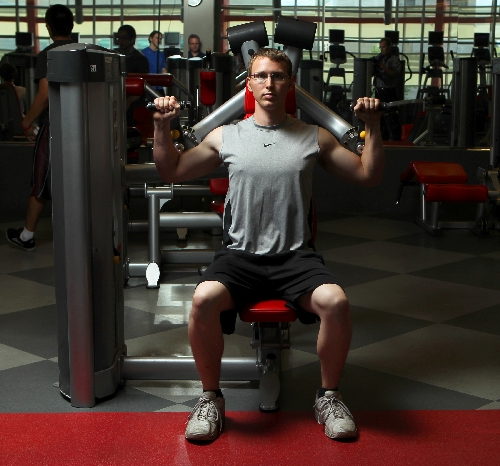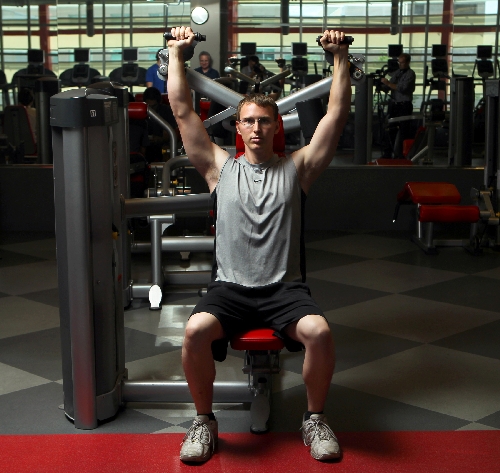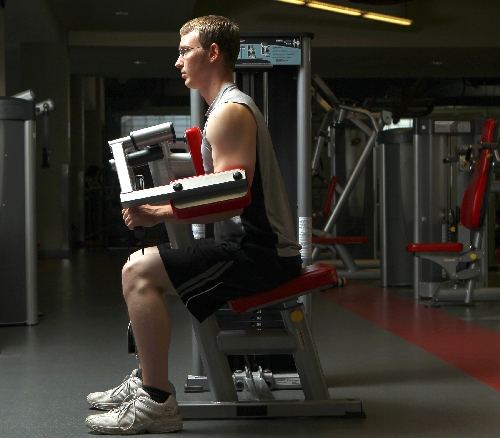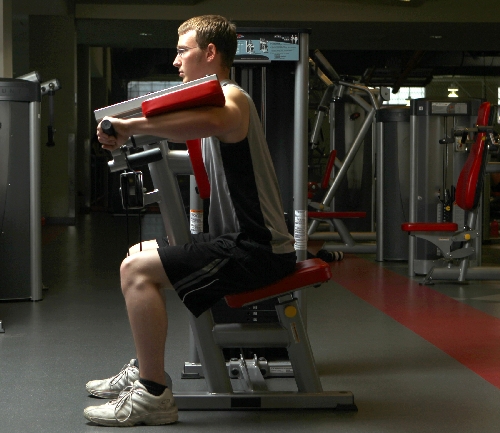There’s no reason to make one side shoulder such a burden
It lifts, it rotates, it raises and it stabilizes your arm while your hand slices and dices. It's the revolutionary joint that is your shoulder. But wait, there's more. If you keep reading, I'll show you how to use not one but both of them.
Your body will naturally choose the path of least resistance. Yes, we are inherently lazy all the way down to the cellular level. This is why most athletic talents seem to have a use-it-or-lose-it reality. If the body is not required to use its capabilities, it will adopt the minimal state of conditioning required for the chore placed on it.
A little anatomy about the shoulder. Structurally, it is a ball-and-socket joint that is moved in three planes by three main muscles: the anterior deltoid, medial deltoid and posterior deltoid. These muscles are visible when flexed. Under them are the muscles of the rotator cuff. On the posterior side are the infraspinatus and the teres minor. They both connect from the shoulder to the upper back. On the front side of the rotator cuff is the subscapularis, connecting the shoulder to the chest. The shoulder is also the attachment point for muscles of the chest and back.
Capable of a high degree of movement, your shoulder should be able to progress through its full range of motion. If you're in a career that requires a limited degree of mobility by the shoulder, the body will adapt in such a way as to let you perform your work while other shoulder functions become more difficult. For example, if you type on a computer keyboard all day, raising your arm over your head might become difficult after a number of years because the muscles have been allowed to atrophy.
Shoulder weakness and pain can involve a number of muscles, tendons and ligaments. Those muscles and connective tissues could be tight, weak or even damaged depending on the task load you place on the shoulder. Properly conditioning the shoulders will help ensure that they last a long time. The shoulder should be able to progress through its full range of motion without pain or tightness. See a trainer at your gym if you have concerns about your shoulder health and mobility. The trainer may refer you to a physician or physical therapist.
Most sports require a strong rotator cuff and deltoid muscles. Participants in tennis, golf, throwing sports, swimming, and even soccer need conditioned shoulders to allow their arms to counterbalance their bodies during recreation.
The two machine exercises I detail today -- the shoulder press and shoulder raises -- will help condition and strengthen the shoulders. You're likely to find different variations of these machines in your gym, but all generally function the same and provide similar benefits.
Chris Huth is a Las Vegas trainer. You can contact him at 702trainer@gmail.com. Before beginning any exercise program, consult your physician.
Photos for this column were taken at UNLV's Student Recreation and Wellness Center. Although the facility's primary clientele is students, faculty and staff, the center also welcomes community members 18 and older at a monthly fee of $25. You can contact the service desk at 774-7100 or by email at srwc.memberships@ unlv.edu.






















